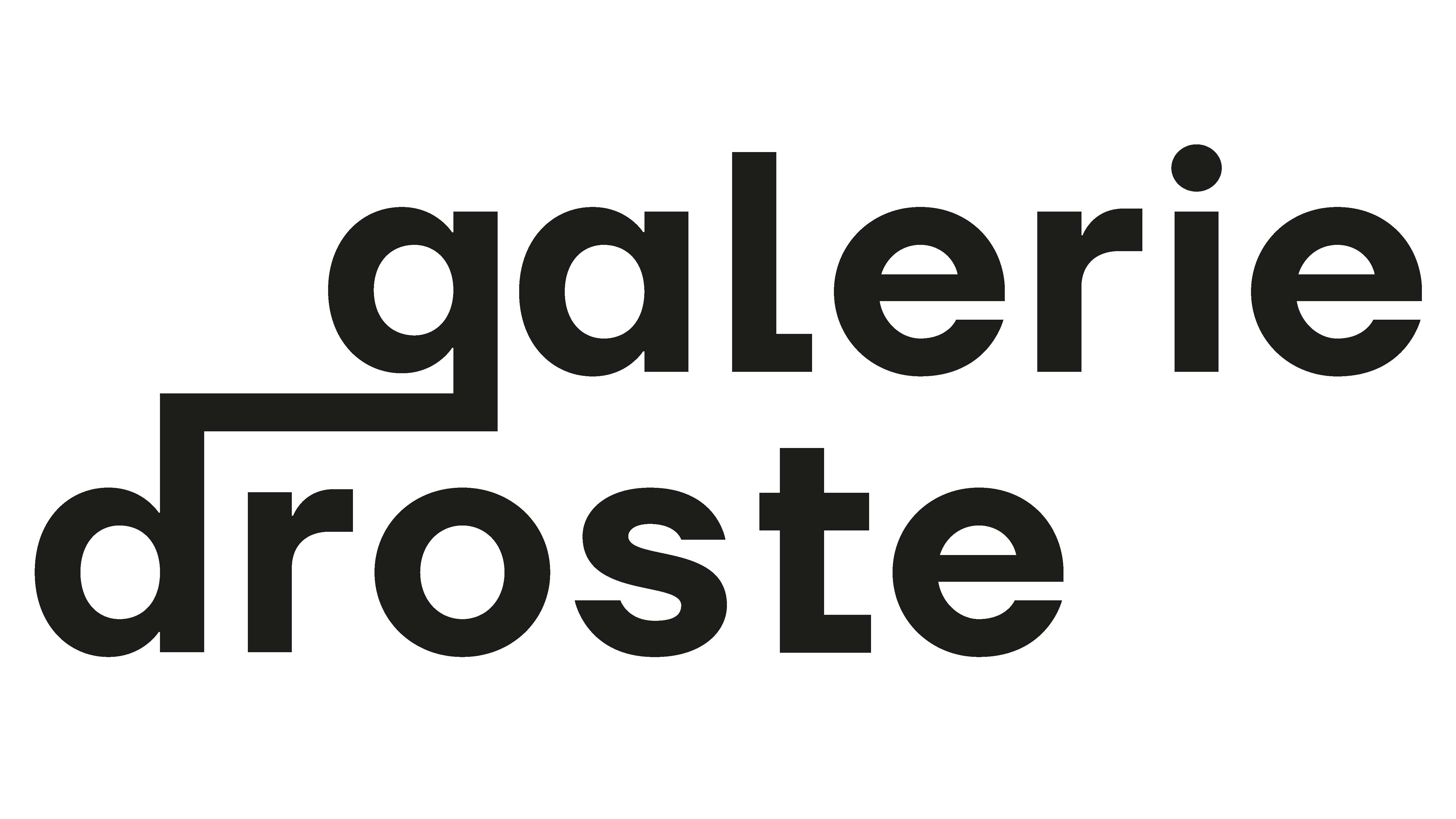Broschár's version of a land of milk and honey differs from the more common stagings in art history. If you take Bruegel the Elder, for example, it is a scene after gluttony, centred on the people and moral concepts. In contrast, Mona Broschár creates a land of milk and honey for the viewer. Cakes flow from leaves; bonbons hide in flowers and the anemone melts like raclette cheese. Her paintings always contain traces of people, but never depict them. This makes it possible to fully immerse oneself in the fantastic scenery, freed from social conventions and unbound by the constraints of reality.
The fairy tales alluded to in the title are placeless and timeless, they are among the oldest traces of culture and communication - after all, they form the narratives of the pre-literary world. Fairy tales offer the possibility of escaping reality, of depicting circumstances that do not have to be plausible. At the same time, the perfected illustration of objects reminds us of the series "Is it cake?" in which the viewer's powers of observation were repeatedly challenged, sometimes causing them to doubt reality. Mona Broschár thus moves in a field of tension of opposites, incorporating traditional (art) historical elements as well as current internet trends. The resulting flowing transitions and painterly arcs allow the works to be far more than sole "objects of desire". These appear to have been captured in a moment, suggesting that they are only excerpts from an imaginary world. Beautiful to look at, the shiny surfaces, the depth of the background and the fish in the tomato also leave the viewer with a certain sense of unease. All this stages a magic of the surreal.
Mona Broschár (*1985, DE) lives and works in Leipzig, Germany. She studied Fine Art at the Camberwell College of Arts in London and graduated from the Academy of Visual Arts in Leipzig in Painting and Printmaking as a master student of Prof. Annette Schröter.


